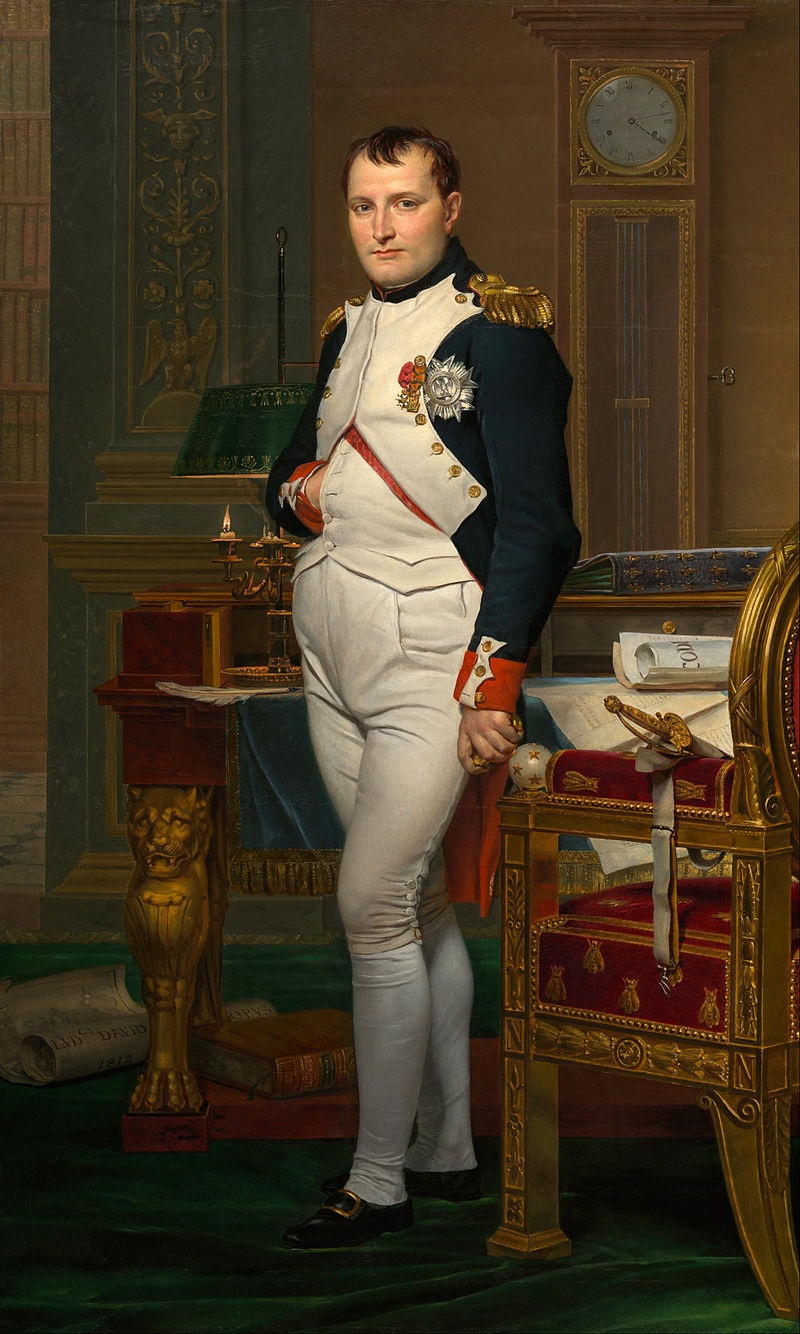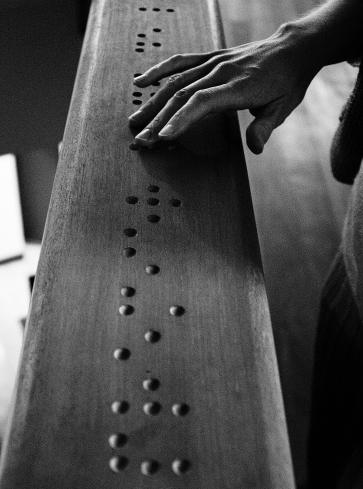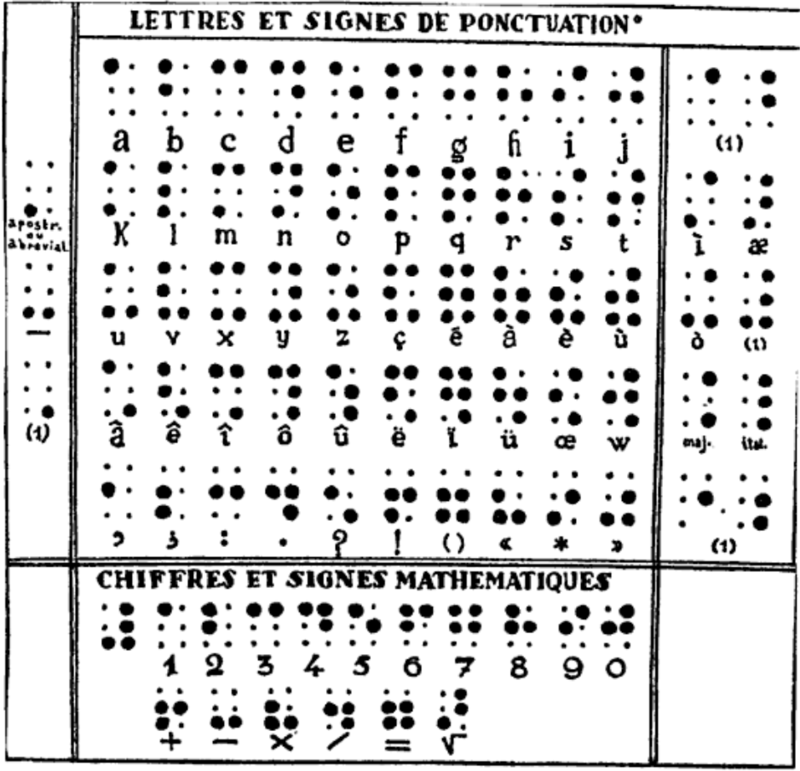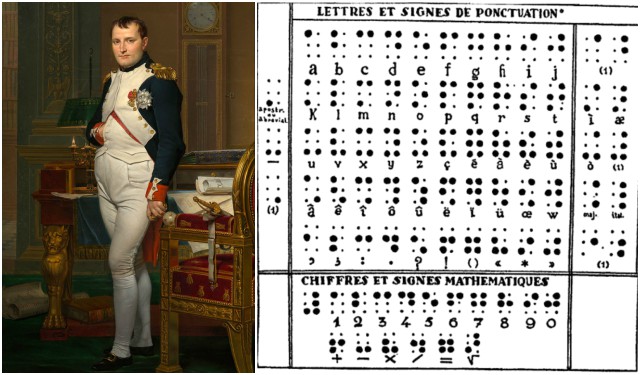Braille is a written system that allows the blind to read and write.
Visually impaired readers might want to thank Napoleon because he was the one that demanded a system for his armies to communicate at night without light.
Charles Barbier first invented “night writing:” the system never worked for the military, but a young student named Louis Braille learned about it at a school for the blind.
In 1821, Dr. Alexandre Francois-Rene Pignier invited Charles Barbier to speak to a classroom of young blind students at the National Institute for Blind Youth in Paris. Among those young blind students was Louis Braille.

When Braille was only three-years-old, he injured his eye while he was playing in his father’s shop in Coupvray. An infection soon developed and spread to his other eye, rendering him blind in both eyes.
Had this accident not happened, we wouldn’t have braille today.
Even at that time, there was a system of reading in place for the blind. Apparently reading with this system was too slow and it was difficult to discerning by touch the relatively complex letters of the alphabet. Because of that, many people tried to master this system.
Although Barbier’s system of communication was too complex for the military and was rejected, it was thought that it might be useful for the blind.
And that is why in 1821 Dr. Alexandre Francois-Rene Pignier invited Charles Barbier to come and demonstrate it to the blind young students.

The Barbier invention was too complex and used a 6×6 dot matrix to represent letters and certain phonemes. Still, Braille was amazed and inspired to make experiments when he was still young.
He tried to make something that would be less complex than the Barbier system so he took a piece of paper, a slate, a stylus, and punching holes in an attempt to find something that worked.
When Braille was only 15 years old, he developed a system that was superior to the existing embossed letter method. What he developed was simpler than Barbier’s system.
It consisted of six dots arranged in two parallel rows, each set of rows representing a letter. His system was also easily adapted to languages other than French. Now there was no need to trace out a whole letter and reading became much easier and faster for blind people.

When Braille showed his system to Dr. Pignier, he was so impressed that he encouraged his students to use it. Later, Braille himself became a teacher at the Institute and taught his code to the students who passed through, spreading the knowledge.
In 1834 Braille demonstrated his system at the Exposition of Industry, which was being held in Paris that year. He also published a book about how to use the code.
The Braille system was adopted in 1854, two years after Braille died. The system was quickly adopted throughout most of the world, except the United States, which held out until 1916.
